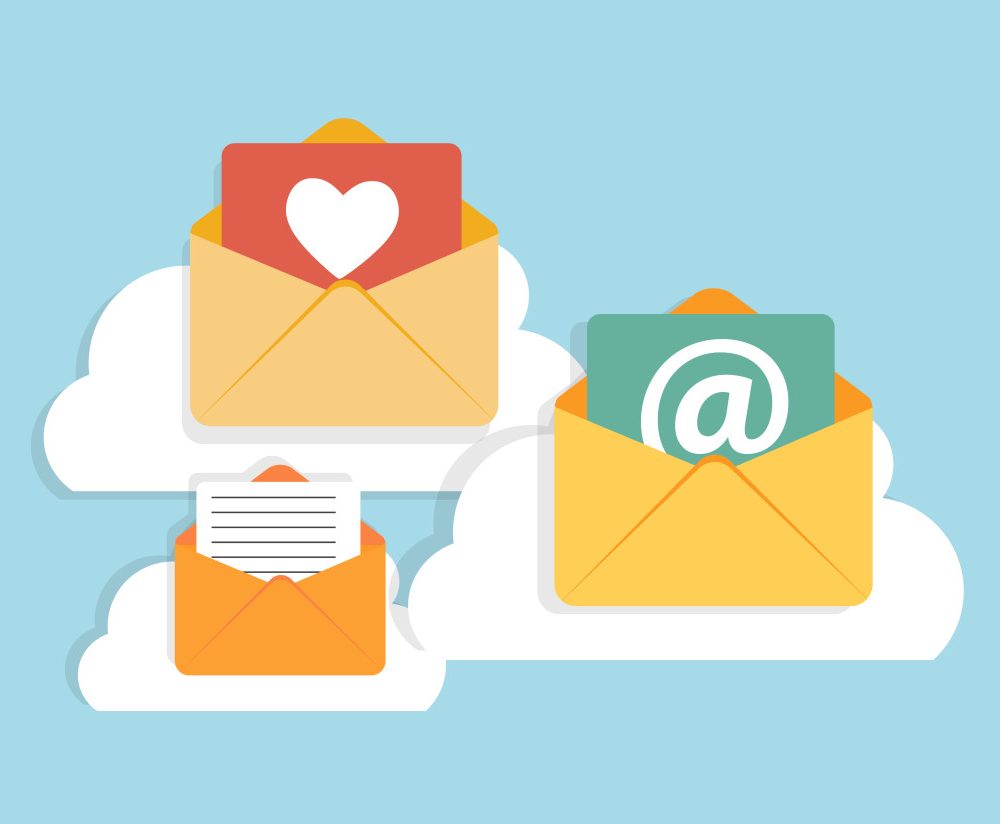

There are 156 million emails sent per minute, according to the World Economic Forum. We rely on email for both personal and professional communication — and if we aren’t careful, a poorly-written email could wreak havoc on both. However, as important as email is to our lives, knowing the proper etiquette for email correspondence is tricky, since finding a hard and fast rulebook is somewhat nonexistent.
Just like communication over the phone and in-person, it’s essential to express yourself in a professional and friendly tone. Thankfully, we’ve organized a list of tried and true email etiquette rules to help you save your career and your relationships. Read on for the tips.
- Fill in the Subject Line
Just like you wouldn’t jump right into a phone conversation without first introducing the topic, use that same protocol with your emails. Use the subject line for a brief description of what the email is about. It’s more respectful and you reduce the chances that your message is ignored. Also, a subject-specific title makes it easier for the receiver to organize the email and locate it later on.
- Include a Polite Greeting
Next, start off your message with a “Hi” or “Hello” along with the recipient’s name. This should happen regardless of your relationship with the person you’re corresponding with. When it comes to email, it’s all about respect, and this is especially true whenever you write to a supervisor or client. Forgetting to include the recipient’s name shows a lack of care, so if you remember to address the person with the appropriate greeting, you’ll make a great first impression.
- Skip the All Caps
No matter how excited or upset you are, never write out an entire email in caps — not even individual words in your message. It’s only going to come off as though you’re shouting. Use normal capitalization — if you’re that upset about something, sending an email might not be the best route to take anyway.
- Watch Excessive Punctuation
Use exclamation points sparingly — they can also give the impression of screaming. And, never end your sentences with more than one exclamation point or question mark. It’s overbearing, and not to mention too casual for a professional email. Since those negative characteristics are not the image you want to project through your emails, it’s important to watch your tone as you would in an in-person conversation, and minding your punctuation is a great way to do that.
- Be Succinct
Once you get into the meat of your message, don’t dawdle. Arrive at the point quickly and avoid unnecessary verbiage. Your recipients are just as busy as you are, and the shorter your emails, the faster both they and you can get back to other responsibilities. However, in your succinctness, don’t leave out details that are important to the conversation. Make sure your email is detailed enough to provide directions or solutions to the question at hand, and short enough that your recipient finishes reading it.
- Avoid Humor
Sarcasm generally doesn’t come off well in an email message, and you’re taking a risk by including a joke. Your recipient may not understand it, and it just may be construed as offensive. Even if it isn’t, though, remember that your recipient could forward it to someone who does see it that way.
- Provide a Specific Directive
Far too often, people receive emails that are just plain unclear. If you need a response in a certain time frame, say so. If you’re writing to express your disappointment about something, do so. In other words, always state clearly what you would like the recipient to do. If you’re sending an inquiry to a supervisor, illustrate exactly what you need help with. This clarifies your message and cuts down on the unnecessary back and forth.
Final Thoughts
Now that you know how to send a professional email, let’s talk about when not to send one. If you’re discussing sensitive company information or counseling an employee, pick up the phone. If you’re very upset about something, first of all, give yourself some time to calm down. Then, meet in-person and get your point across clearly and calmly.
Email is a convenient time-saver, but it’s not meant to replace all in-person communication. In other words, before sending an email, ask yourself who your audience is, and what might be the best way to deliver your message to them. Great email etiquette starts with having good judgment, so remember the big picture before you focus on the minor details discussed above.
Have you ever sent an email you later regretted? What are your email etiquette rules?
Henry St. Thomas is a digital media executive and former talent agent. He is also a big fan of Emily Post and all things related to re-developing people skills in the digital age.
Leave a Reply